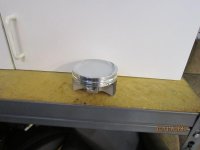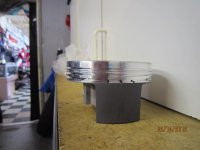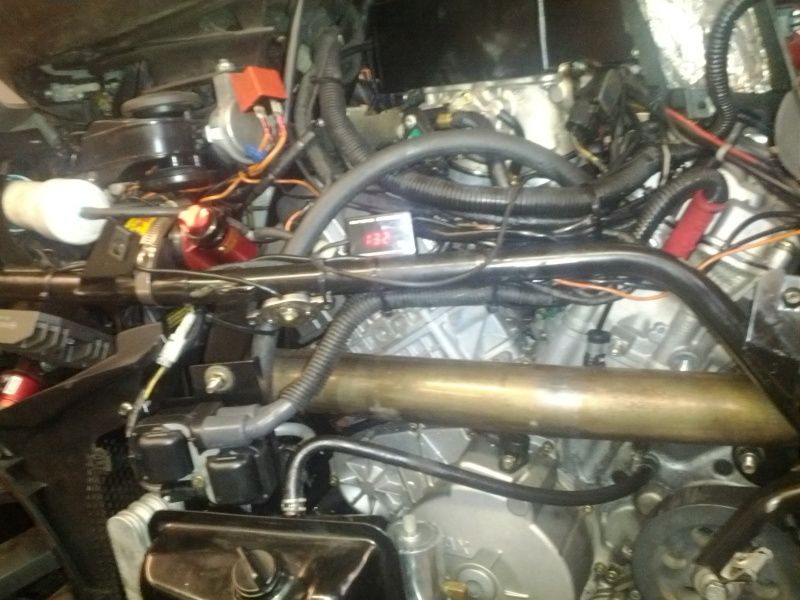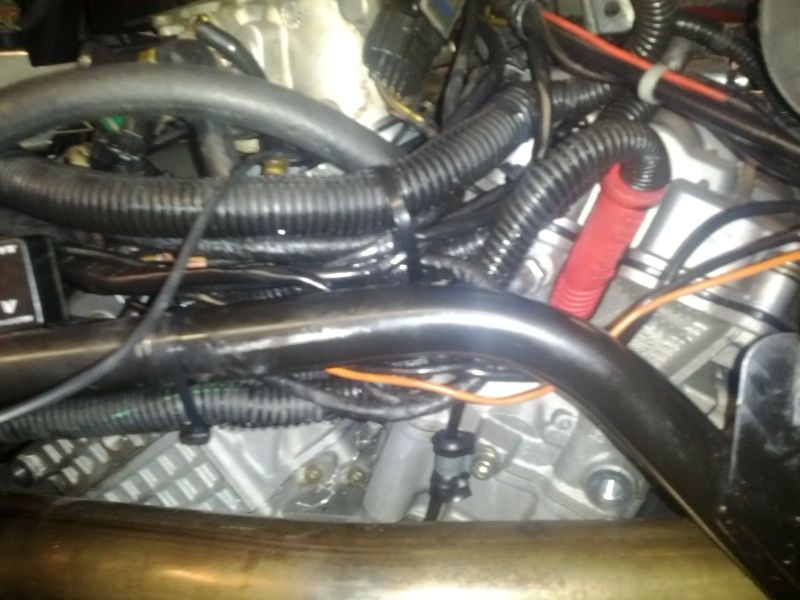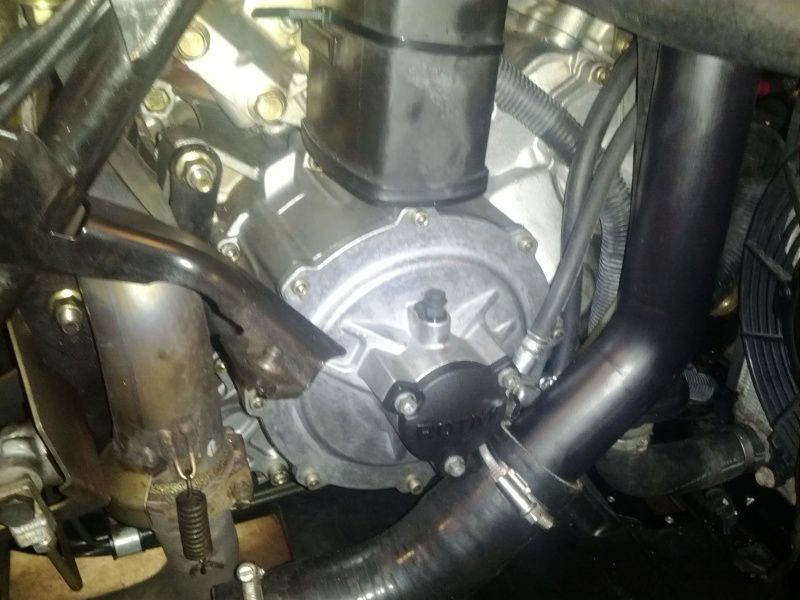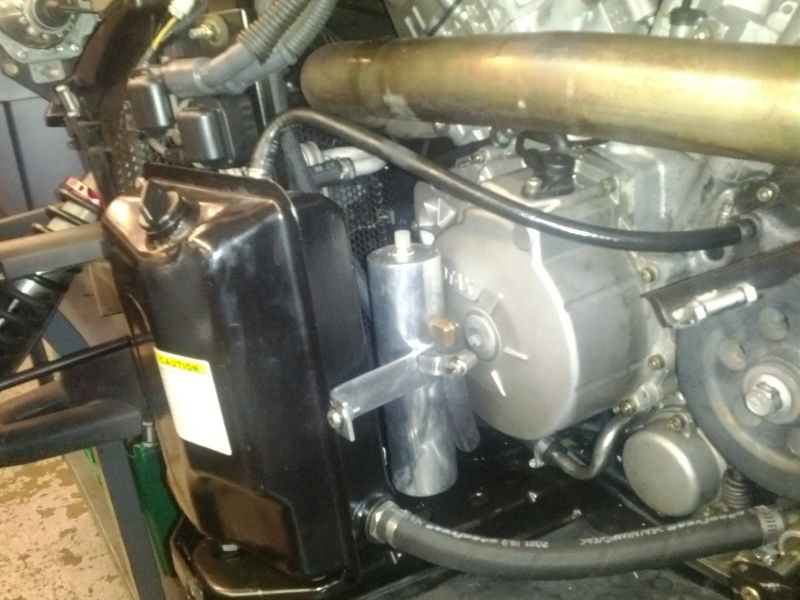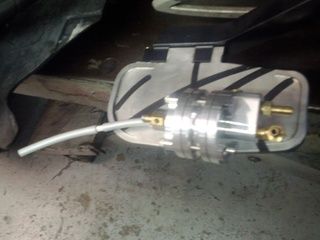-
There were many reasons for the change of the site software, the biggest was security. The age of the old software also meant no server updates for certain programs. There are many benefits to the new software, one of the biggest is the mobile functionality. Ill fix up some stuff in the coming days, we'll also try to get some of the old addons back or the data imported back into the site like the garage. To create a thread or to reply with a post is basically the same as it was in the prior software. The default style of the site is light colored, but i temporarily added a darker colored style, to change you can find a link at the bottom of the site.
You are using an out of date browser. It may not display this or other websites correctly.
You should upgrade or use an alternative browser.
You should upgrade or use an alternative browser.
Something Is Rotten in the Spyder engine
- Thread starter docdoru
- Start date
docdoru
Doru the Destroyer-Spyder Photo Investigator
Stage 2: You are running 12 PSI of boost at an altitude of 1000 feet. Rotax's static compression is 11 :1. At this boost level and altitude your effective compression ratio is 19.78 :1, and without altitude correction your compression ratio would be 19.98 :1.
Bob Denman
New member
Stage 2: You are running 12 PSI of boost at an altitude of 1000 feet. Rotax's static compression is 11 :1. At this boost level and altitude your effective compression ratio is 19.78 :1, and without altitude correction your compression ratio would be 19.98 :1.[/QUOTE]
That sounds like a "Pop! Goes The Weasel..." just waiting to happen... :shocked:
Dragracer
New member
As an Independent Mechanical Inspector (I'm the guy the extended warranty company sends to inspect the claim at the repair shop) I can vouch for your statement, Lamonster. Any performance modification pretty much voids your warranty. Same with suspension modifications, such as altering the original height, etc. Lights, air filters, wheels & tires (unless way oversize) have no effect on most warranties.
There's guys on here that are worried about voiding their warranty when they add LED lights, I'm pretty sure that adding a turbo would more than qualify for no warranty.
retread
New member
Question for Doc....
Do you have a rising rate fuel pressure regulator? They go in on the return fuel line and restrict the return depending on the vacuum /pressure in the intake. This might be an answer to your top end lean out condition, just make sure you get one that's set up for turbocharging.
john
Do you have a rising rate fuel pressure regulator? They go in on the return fuel line and restrict the return depending on the vacuum /pressure in the intake. This might be an answer to your top end lean out condition, just make sure you get one that's set up for turbocharging.
john
docdoru
Doru the Destroyer-Spyder Photo Investigator
Yes, plus Walbro 225 High Pressure fuel pump and IWP 630 injectors. :thumbup:Do you have a rising rate fuel pressure regulator? They go in on the return fuel line and restrict the return depending on the vacuum /pressure in the intake. This might be an answer to your top end lean out condition, just make sure you get one that's set up for turbocharging.
john
docdoru
Doru the Destroyer-Spyder Photo Investigator
Well, after so many months of try and failed, the IMPROVED and HEAVILY MODIFIED Rotax is ready to be tested (drag race) on the Silver Dream (2.15.2012). For me, 6 moths and 10 days was worth the wait.
I have great respect and admiration to :firstplace:...:
I have great respect and admiration to :firstplace:...:
Bob Denman
New member
spyder-dude
New member
Welcome back Doc. Hope to see you next month in Daytona!
TuckMiddle
New member
Warranty
Interesting and educational exchange above.I've never gotten into that stuff, always had to get a house and all those everyday things. Lamonster, when I get the decals you sent the other day, I hope they won't void my warranty! I was already worried about the Spyder decals on the brake calipers. Put mine on with some Gorilla glue and the are now part of the bike forever.
I'm glad some of you do all this racing and speed stuff. It'll eventually drift through BRP's system and might very well produce some improvements for all of us. Keep up the good work and remember "somebody's gotta do it!" Did you see the 267 mph Bugger (Bugatti, I don't even know how to spell it) that was sent around on the internet this week? $1.7 million and 2 gallons a minute at max speed. Also I think it was $38,000 for tires for the 32 miles they ran it super fast. Makes a Spyder look real inexpensive.
:bowdown:
Tuck
Interesting and educational exchange above.I've never gotten into that stuff, always had to get a house and all those everyday things. Lamonster, when I get the decals you sent the other day, I hope they won't void my warranty! I was already worried about the Spyder decals on the brake calipers. Put mine on with some Gorilla glue and the are now part of the bike forever.
I'm glad some of you do all this racing and speed stuff. It'll eventually drift through BRP's system and might very well produce some improvements for all of us. Keep up the good work and remember "somebody's gotta do it!" Did you see the 267 mph Bugger (Bugatti, I don't even know how to spell it) that was sent around on the internet this week? $1.7 million and 2 gallons a minute at max speed. Also I think it was $38,000 for tires for the 32 miles they ran it super fast. Makes a Spyder look real inexpensive.
:bowdown:
Tuck
While in Virginia I received this pictures of the new add-on:
I give up what am i looking at!:dontknow:
MikeinGA
New member
And now, the question: what's the difference between a turbo and a naturally aspirated Rotaxengine piston melt down?opcorn:
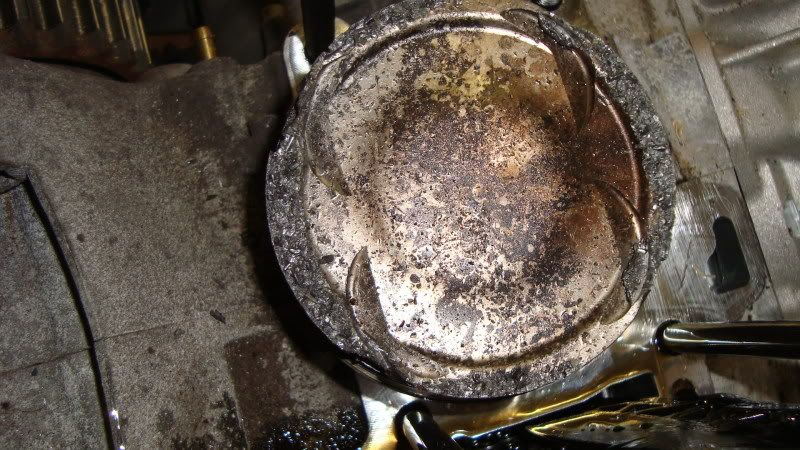

Doc,
The turbo pushes more air/gas mixture into the cylinder that will increase the pressure and causing more heat. Ever look into a water or water/alcohol mix mist in the intake, to help to cool the cylinder and piston.
Mike
docdoru
Doru the Destroyer-Spyder Photo Investigator
It is included in the new fuel management. More info's: send pre-signed non-disclosure agreement (basically that you don't disclose that to BRP) ...Doc,
The turbo pushes more air/gas mixture into the cylinder that will increase the pressure and causing more heat. Ever look into a water or water/alcohol mix mist in the intake, to help to cool the cylinder and piston. Mike
Similar threads
- Replies
- 3
- Views
- 762
- Replies
- 14
- Views
- 1K
- Replies
- 17
- Views
- 3K
- Replies
- 4
- Views
- 2K



